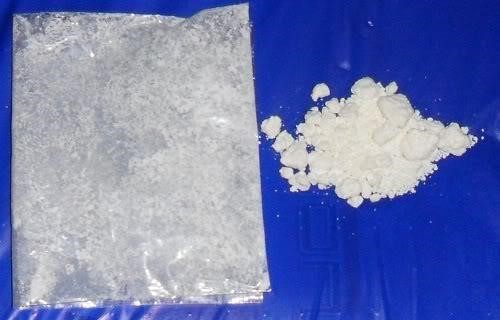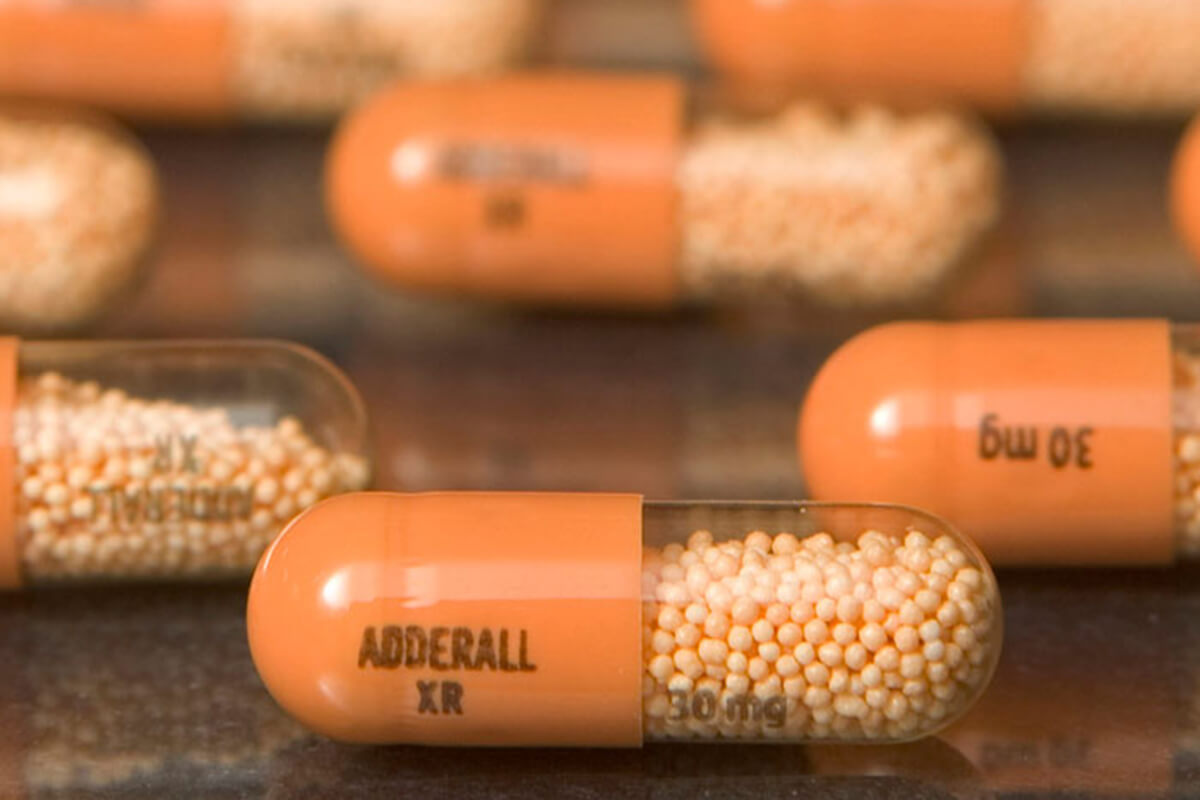

The cause of this difference was not determined.Ī mother took amphetamine 35 mg daily for narcolepsy during pregnancy and postpartum. In a retrospective Australian study, mothers who used intravenous amphetamines during pregnancy were less likely to be breastfeeding their newborn infants at discharge than mothers who abused other drugs (27% vs 42%). The maternal prolactin level in a mother with established lactation may not affect her ability to breastfeed. The authors also quoted data from another study showing that a 20 mg oral dose of dextroamphetamine produced a sustained suppression of serum prolactin by 40% in postpartum women. No assessment of milk production was presented. The 15 mg dose significantly decreased serum prolactin by 30 to 37% at times after the infusion. The 7.5 mg dose reduced serum prolactin by 25 to 32% compared to control, but the difference was not statistically significant. Eight received dextroamphetamine 7.5 mg intravenously, 6 received 15 mg intravenously and 6 who served as controls received intravenous saline. In 2 papers by the same authors, 20 women with normal physiologic hyperprolactinemia were studied on days 2 or 3 postpartum. These values represented 15%, 7% and 5% of simultaneous maternal serum concentrations. Infant serum concentrations at these times were 3.1, 2 and 1.4 mcg/L, respectively. Infant blood samples were taken just before the mother's morning amphetamine dose at 2, 5 and 9 weeks postpartum. Energy changes take place immediately after smoking or injecting amphetamines, and about 40 minutes after ingesting or snorting the drugs. The infant of a mother who was taking amphetamine 35 mg daily for narcolepsy during pregnancy and postpartum was exclusively breastfed for 6 months. Some common ways amphetamine abuse manifests physically include: Energy Changes You may notice frequent bursts of unexplained, extreme energy that last for periods anywhere from 1 4 hours. The infant's urinary excretion of amphetamine ranged from 0.1 to 0.3% of the mother's urinary excretion. Amphetamine was measured in a 12-hour urine collection in a breastfed infant whose mother was taking racemic amphetamine 5 mg 4 times daily. These values represent a weight-adjusted dosage of 1.9% to 2.1% of the maternal dosage and an absolute infant dosage of 11.1 to 12.4 mcg/kg daily. Breastmilk levels of amphetamine were 74, 82 and 82 mcg/L, respectively. Breastmilk samples were taken just before her morning dose at 2, 5 and 9 weeks postpartum. Milk levels were 118 and 138 mcg/L before the 2 pm doses on days 10 and 42, respectively.Ī woman took 35 mg of amphetamine daily for narcolepsy and exclusively breastfed her infant for 6 months. Trough milk levels of 55 and 68 mcg/L were found before the 10 am dose on days 10 and 42 postpartum, respectively.

A nursing woman was taking racemic amphetamine 5 mg orally 4 times daily at 10 am, noon, 2 pm and 4 pm for narcolepsy.


 0 kommentar(er)
0 kommentar(er)
